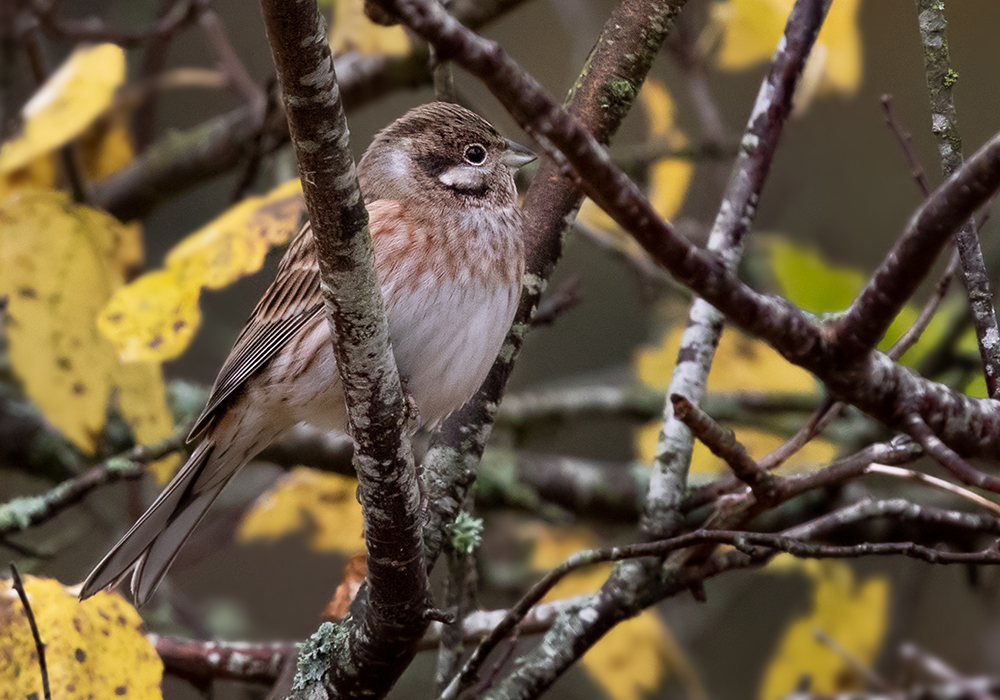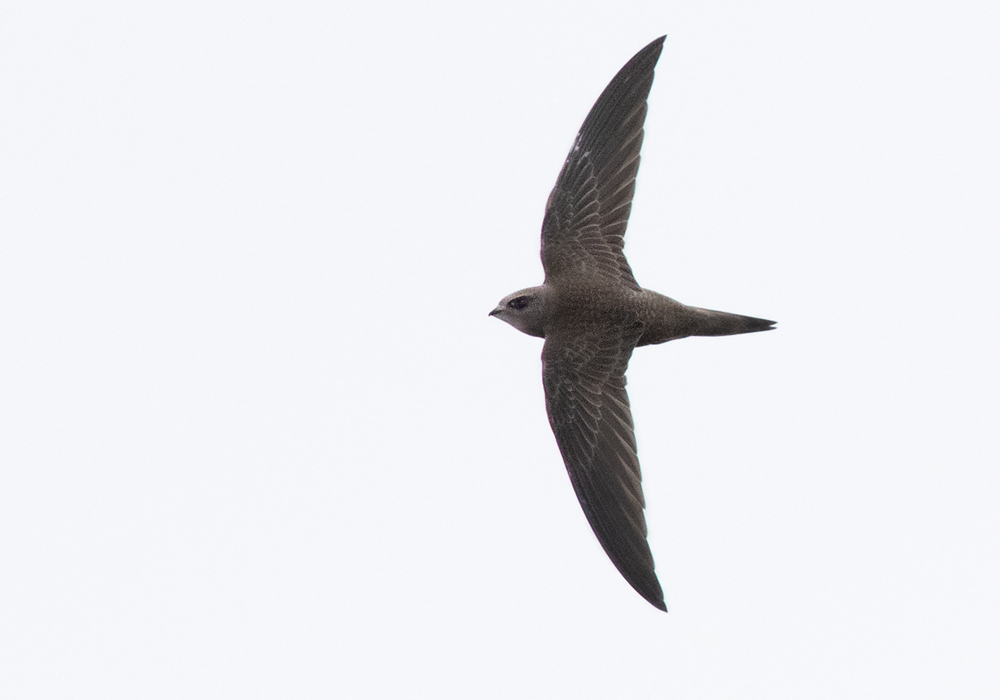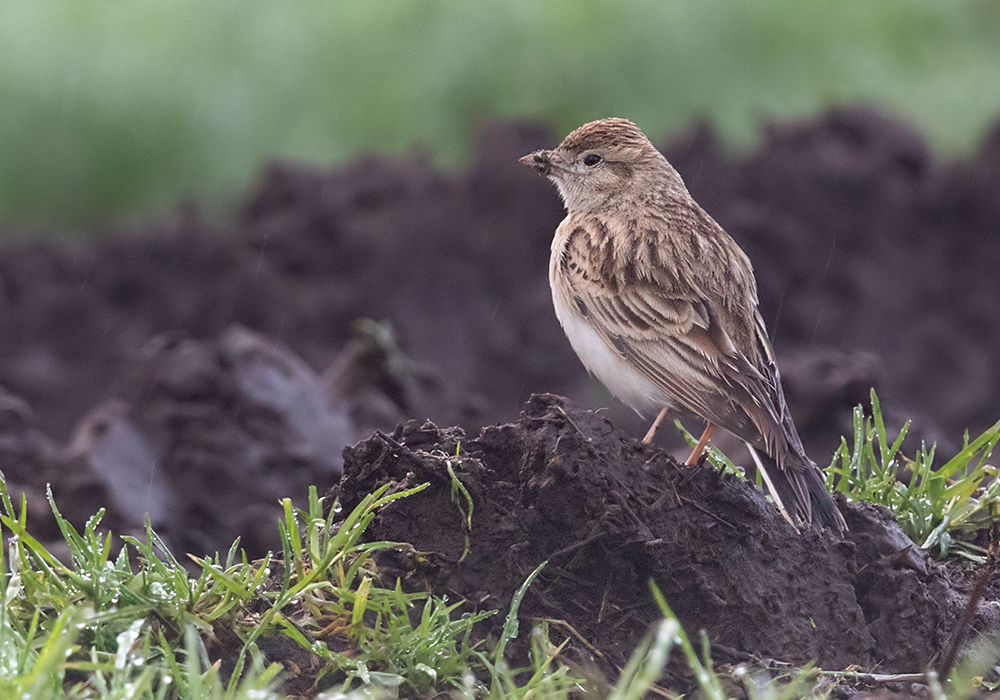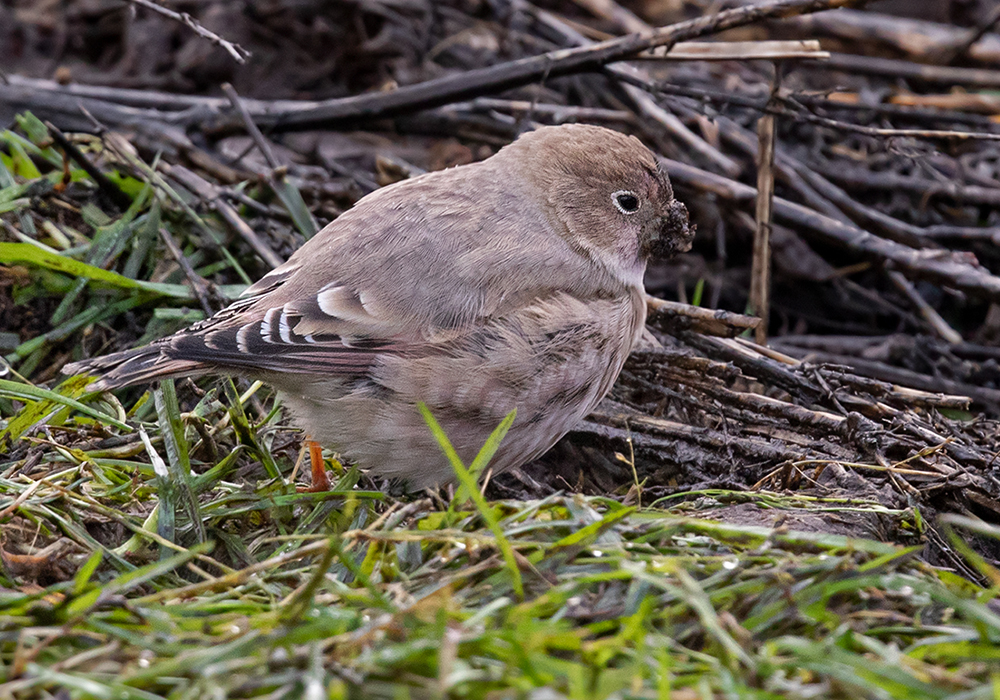Autumn vagrants!
This year is like no other year. No travels abroad, and no birding in exotic places. I really miss my life as I knew it. But my own problems are nothing compared with what other people around the world has gone through, with lost jobs, lost health and lost lives. But I have to focus on the bright sides of life in times like these. I and Anita have had the pleasure to see some really nice birds in the south of Sweden in the last couple of weeks.
The Pine Bunting has its home in Asia and migrates south in winter. Some ends up in the wrong place after migration, and that has happened about 20 times in Sweden. Mostly males, since females are near impossible to tell apart from its close relative, the Yellowhammer. The young male was discovered in a garden in Blekinge county and stayed for a couple of days. In 1988 I saw my first Pine Bunting on Öland. That was a brilliant adult male.
The Pallid Swift is even rarer than the Pine Bunting in Sweden. But this year an unusually large number of individuals seems to have reached northern Europe. Typically, they are seen here in late autumn when the Common Swifts have left long ago. Th bird on the photo was incredibly stationary to the lighthouse area on the north tip of Öland for almost a week.

Venjan is a small community in Dalarna county and the local birder there found a Greater Short-toed Lark in the muddy backyard of a cow farm. This lark is rare in Sweden, but not rare enough for us to drive the 6 hours to see it. But then something changed dramatically. Suddenly the lark had company…
with a MONGOLIAN FINCH! It was first identified as a Trumpeter Finch, but as photos soon appeared on social media, the reidentification was inevitable. T Finch had been good enough as it would have been a new bird on both our Swedish lists. Mongolian Finch 10 times better, as it was only the 3rd record for Western Palearctic. So off we went, slept in the car and were on site at dawn. The two birds were already there, very cooperative but unfortunately with dirty bills as they were foraging in the muddy tractor tracks all the time. What a surprise to see two such rare birds on the same spot in the outback of Dalarna.